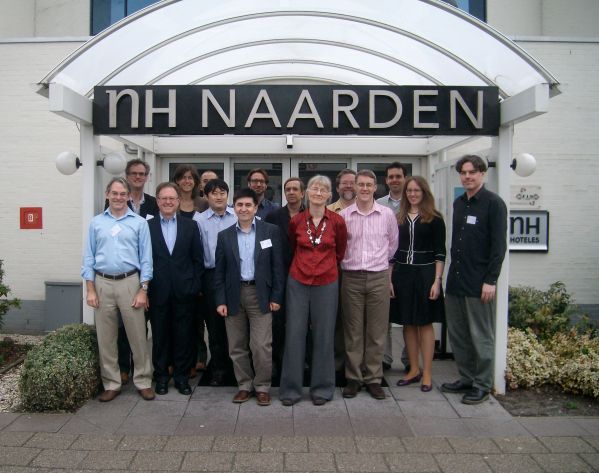Applying Pre-implantation Genetic Diagnosis to mtDNA Diseases
- Number 174
- Date 22 March 2010
Location: Naarden, The Netherlands
One in 400 people has a maternally inherited, mitochondrial DNA (mtDNA) disease mutation, causing a range of illnesses, including deafness, blindness, diabetes, loss of skills, heart and liver failure. We aim to improve the genetic management of these diseases. At the moment we do not understand the mechanisms that underlie mitochondrial genetics very well. MtDNA is inherited via the female line only. The chances that a woman carrying an mtDNA mutation will pass the mutation on to her child, and that child develops symptoms, are difficult to predict. This is because both mutant and normal mtDNA are often found in the same individual. This is called heteroplasmy. If the proportion of abnormal mtDNAs in particular cells of the body is high, people develop symptoms of disease. The disease will be most severe in people with the highest proportions of mutant mtDNA. However, this proportion varies from one generation to the next and cannot be predicted. The variability in the proportion of abnormal mtDNAs inherited is caused by an event known as the mitochondrial bottleneck.
The meeting discussed reproductive options for women from families with maternally inherited mtDNA disease. Current reproductive options include oocyte donation (where an egg is donated from an unrelated woman) and prenatal diagnosis (where the fetus is tested early in pregnancy). However, these strategies may not be possible or desirable in many families for a number of reasons. Recent scientific advances suggest that preimplantation genetic diagnosis (PGD) is feasible for some common mtDNA diseases. In PGD, the eggs are fertilised by sperm in the laboratory (IVF) so that the resulting embryos can be tested, and low risk embryos selected to start a pregnancy. The mitochondrial diseases where this is possible include some types of maternally inherited Leighs disease (MILS or NARP), maternally inherited diabetes and deafness (MIDD) and myoclonic epilepsy with ragged red fibres (MERRF). Although PGD for mtDNA diseases remains challenging, we feel that there have been significant advances in enabling affected families to have healthier children.
The meeting also discussed techniques for replacing disabled mitochondria with healthy ones. “Nuclear transfer” is one of these techniques that became well know when it generated Dolly the sheep. Some of these approaches might become available in future years once we are sure they are safe.
A full report is published in Neuromuscular Disorders. For an overview, please click here (pdf)

ENMC
Lt. generaal van Heutszlaan 6
3743 JN BAARN
The Netherlands
+ 31- 35-5480481
enmc@enmc.org
